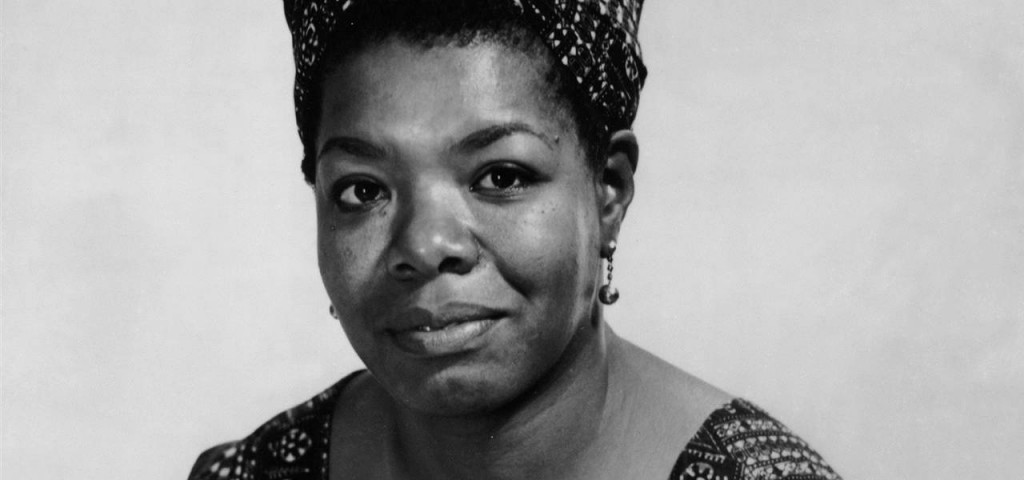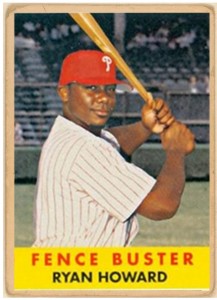Born in Missouri, Maya Angelou was a fry cook, prostitute, streetcar conductor, single mother, nightclub dancer and performer, cast member of the opera Porgy and Bess, coordinator for the Southern Christian Leadership Conference, and a magazine editor in Egypt and Ghana during the days of decolonization. She was an actor, writer, director, and producer of plays, movies, and public television programs. From 1982, she taught American Studies at Wake Forest University in Winston-Salem, North Carolina. She was active in the Civil Rights movement, and worked with Martin Luther King, Jr. and Malcolm X. She was the first poet to make an inauguration recitation (at President Bill Clinton’s 1993) since Robert Frost at John F. Kennedy’s in 1961. Her memoir I Know Why the Caged Bird Sings about growing up in the Jim Crow South, was the first book by a black woman in the 20th century to reach a wide audience.
About her, New York Times journalist Margalit Fox wrote: ‘Throughout her writing, Ms. Angelou explored the concepts of personal identity and resilience through the multifaceted lens of race, sex, family, community and the collective past. As a whole, her work offered a cleareyed examination of the ways in which the socially marginalizing forces of racism and sexism played out at the level of the individual.
There has been a lot to say about Maya Angelou since her death last week. And more will be said at her memorial service at Wake Forest this Saturday, (which will be live streamed). But about what life has taught her, perhaps Angelou says it best. Continue reading “Maya Angelou RIP”







